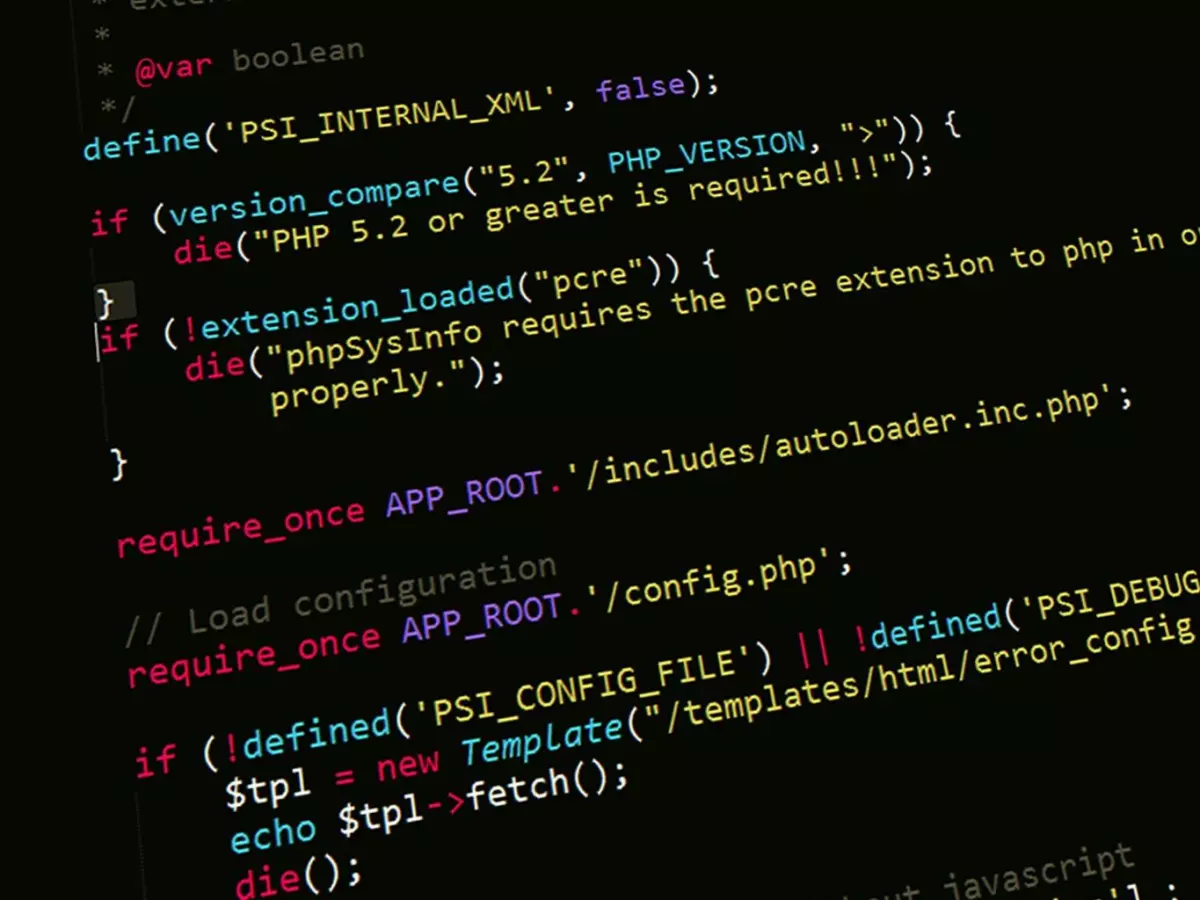Scaling Smart
Did you know that 70% of software projects fail to scale effectively, leading to performance bottlenecks and costly reworks? That’s right—scalability is often the Achilles' heel of even the most well-designed systems.

By Liam O'Connor
So, what exactly is scalability in software? In simple terms, scalability refers to a system’s ability to handle increased load—whether that’s more users, more data, or more transactions—without compromising performance. It’s the difference between a system that gracefully handles growth and one that crumbles under pressure.
But why is scalability such a big deal? Well, in today’s fast-paced digital world, user bases can grow exponentially overnight. Think of apps like Instagram or TikTok. They didn’t start with millions of users, but they had to scale quickly to meet demand. If your software isn’t built with scalability in mind, you might find yourself scrambling to patch things up when the user floodgates open.
Horizontal vs. Vertical Scaling
When it comes to scaling, there are two main approaches: horizontal scaling and vertical scaling. Horizontal scaling involves adding more machines or servers to your system, while vertical scaling means upgrading the power of your existing machines. Both have their pros and cons.
Horizontal scaling is often considered more flexible and cost-effective in the long run because you can add more servers as needed. However, it requires careful planning, especially when it comes to load balancing and ensuring that your system can distribute tasks efficiently across multiple machines.
Vertical scaling, on the other hand, is simpler to implement but has its limits. There’s only so much you can upgrade a single machine before you hit a ceiling. Plus, it can get expensive fast. So, while vertical scaling might work for smaller projects, horizontal scaling is usually the go-to for systems that expect rapid growth.
Designing for Scalability
Now, let’s talk about how to design software with scalability in mind. One of the first things you’ll need to consider is your architecture. Monolithic architectures, where everything is tightly coupled, can become a nightmare to scale. Instead, many developers are turning to microservices or event-driven architectures to make their systems more modular and scalable.
Another key factor is database design. Databases can quickly become a bottleneck if they aren’t optimized for scalability. Techniques like sharding, caching, and replication can help distribute the load and improve performance. And don’t forget about NoSQL databases, which are often better suited for handling large amounts of unstructured data.
Cloud to the Rescue
If you’re not already using cloud services, you’re missing out on one of the easiest ways to scale your software. Cloud platforms like AWS, Azure, and Google Cloud offer auto-scaling features that automatically adjust your resources based on demand. This means you can scale up during peak times and scale down when things are quieter, saving you both time and money.
Plus, cloud services often come with built-in tools for load balancing, monitoring, and disaster recovery, making it easier to manage a scalable system without needing a massive DevOps team.
Challenges of Scaling
Of course, scaling isn’t without its challenges. One of the biggest hurdles is maintaining performance as your system grows. Just because you’ve added more servers doesn’t mean your software will automatically run faster. You’ll need to continuously monitor performance and optimize your code to ensure that it can handle the increased load.
Another challenge is cost management. Scaling up can quickly become expensive, especially if you’re not careful about how you allocate resources. That’s why it’s crucial to have a solid understanding of your system’s needs and to use tools like cost analyzers to keep expenses in check.
The Future of Scalability
So, what does the future hold for software scalability? As AI and machine learning continue to evolve, we’re likely to see more intelligent systems that can predict and adapt to changes in demand before they even happen. Imagine a system that can automatically optimize itself for scalability without any human intervention—sounds like science fiction, but it’s closer than you think.
In the meantime, the key to mastering scalability is to stay proactive. Don’t wait until your system is buckling under the pressure to start thinking about scaling. Build with growth in mind from the beginning, and you’ll be well-prepared for whatever the future throws at you.





